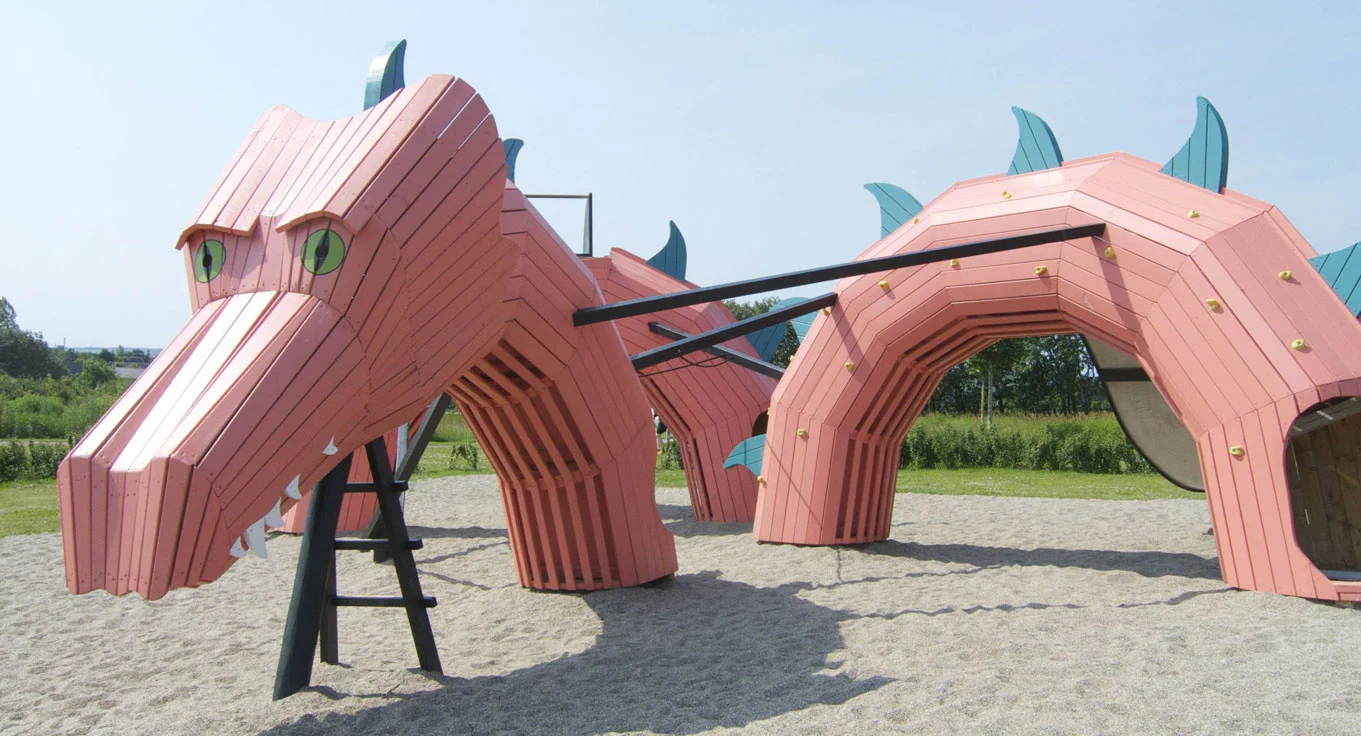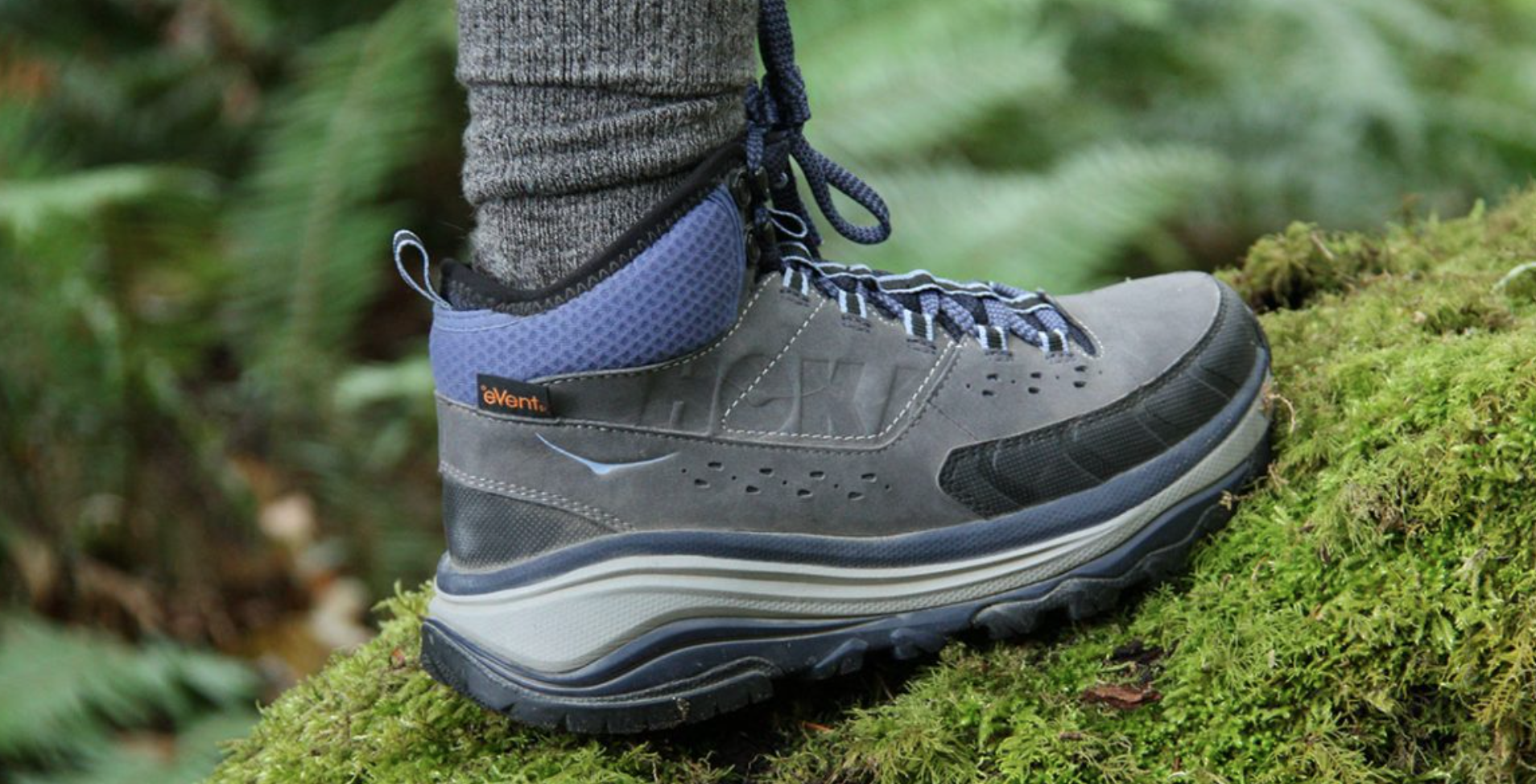Blister Prevention: How to Prevent and Take Care of Your Feet
Editor’s note: In celebration of the movie “WILD,” we partnered with Fox Searchlight to bring you tips for your own adventures on the trail.
It isn’t about if you will or won’t get them. It’s about when. Blisters happen on long trail hikes no matter how prepared you are. That’s because as you’re hiking, your feet start to sweat, creating a moist environment that’s ripe for blisters as soon as a little friction is introduced. Instead of accepting your fate, you can soften the damage before it happens.
First thing, dial in your footwear setup. Forgo leather hiking boots and shoes with waterproof membranes, both of which can harbor a damp environment, in favor of meshy, breathable, light hikers or trail runners. The airy mesh on the shoes will help keep your feet dry.
Carrying a heavy pack and worried you won’t have enough support in your shoes? Opt for light hikers that come up above the ankle and insert a pair of insoles into them to help you stabilize the load. Most shoes come with relatively flat insoles so that they fit a wide variety of foot shapes; customizing your footwear with an insole will not only add arch support, but can also eliminate space inside the shoe that might otherwise result in blisters.
Lastly, your sock choice does make a difference. Skip the bulky wool socks for a thin pair of synthetic cycling socks that fit tautly without cutting off circulation. Getting a smooth pair that fits like a glove will lessen friction opportunities; plus, the fabric should wick moisture better, keeping your feet drier.
We caught up with long-distance hiker Andrew Skurka, known for backpacking thousands of miles in remote backcountry by himself, to pick up his tips on blister prevention and care.
- The first key to blisters is identifying the cause—heat, friction or moisture—and then addressing it.
- Air out your feet, shoes and socks often, such as during rest breaks as well as overnight.
- Use a hydrophobic salve all over your feet before you hike, especially if you know you’re going to cross a lot of streams or a swampy meadow that day.
- Deal with hot spots as soon as you feel them forming. Use a breathable tape made especially for blister prevention to move the pressure away from the blister. If you have nothing else, duct tape will work but moisture may build up behind it. If you do get a blister, it’s probably best not to pop it as it may get infected.
Everyone likes to have fun on the trail, so don’t let blisters get in the way. In celebration of the movie “WILD,” REI partnered with Fox Searchlight to bring you tips for your own adventures on the trail. Watch the video to learn more, and be prepared by keeping blister treatment in your first-aid kit.
Interested in exploring the Pacific Crest Trail? Check out the new REI Adventures PCT backpacking trips to learn more.






